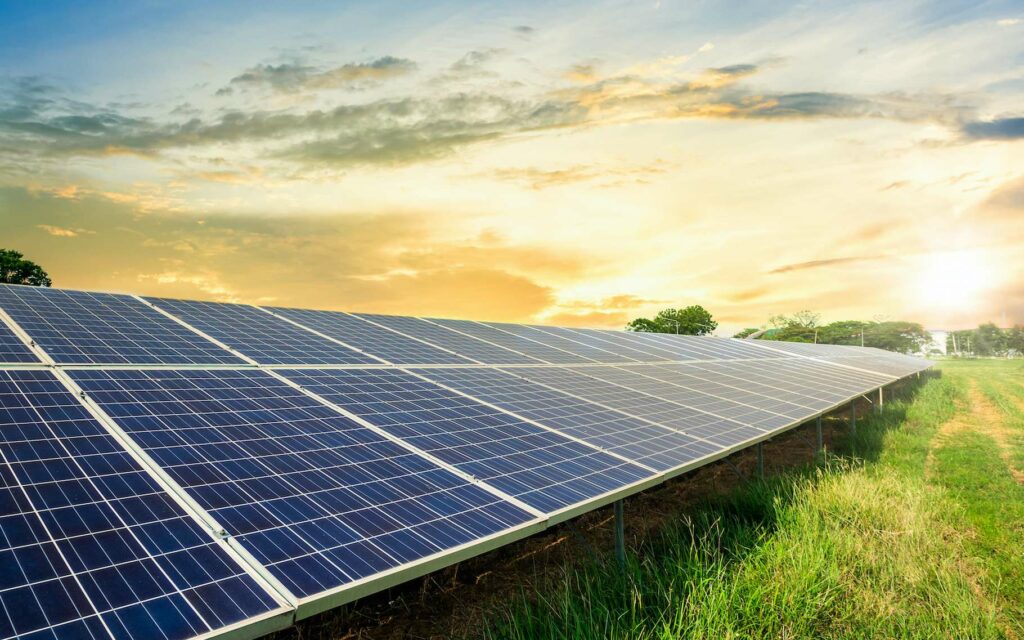An efficiency of less than 40% may seem low. But in the world of solar power, it’s huge. A record, even. The result of several years of work that could help make better use of the energy we receive from the sun.
You will also be interested
[EN VIDÉO] Solar panels to travel ever further in space Photovoltaic panels are fitted to the vast majority of satellites. With the help of the Sun, they allow the batteries of probes and orbiters to be recharged to the farthest reaches of the Solar System. Back in video on a technology that is more than 60 years old and continues to improve.
A solar panelhowever efficient it may be, is not capable of transforming into electricity all of theenergy that he receives from sun. Far from there. Its effectiveness depends, for example, on the orientation of the panel. But also a lot of the type of solar cells it incorporates. Some thus show a high yield of around 25%, while others do not exceed 10%. And today, researchers from National Renewable Energy Laboratory (NREL, United States) announce that they have developed a technology that can achieve 39.5% efficiency. A record that even makes it the most efficient solar cell of all types of technology.
The secret ? A so-called solar cell « quantum wells ». This type of cells uses many very thin layers. Once the system is optimized, the physicists integrated it into a three-junction device based on III-V materials – named after their position in the periodic table of elements – with different forbidden bands. What to adjust each junction to capture a different slice of the spectrum solar.
BIG NEWS: An NREL research breakthrough has led to a solar cell with a record efficiency of 39.5% under 1-sun global illumination. This is the highest efficiency solar cell of any type, measured using standard 1-sun conditions. Learn more at https://t.co/Q1LDrQ5V5mpic.twitter.com/sdvARrUQWI
— NREL (@NREL) May 18, 2022
Quantum wells and multiple junctions
Quantum wells in the middle layer to widen the band gap of the arsenide of gallium (GaAs) or a new firing of the upper cell made of gallium-indium phosphide (GaInP) to further improve performance, for example. It took decades for researchers to find the best architecture for this photovoltaic cell.
Reaching an efficiency record with a solar cell built around III-V materials is no big surprise. They are renowned for their high efficiency. The problem is that the manufacturing process was expensive until then. And limited the apps for this type of cells to niche applications of the type satellites Where drone. But the NREL researchers have also worked on this crucial point. They promise that their cells are not only more efficient, but also more economical.
Do you want to access Futura without being interrupted by advertising?
Discover our online subscriptions and browse without ads! At this moment, the Mag Futura is offered for a 3-month subscription to the subscription « I participate in the life of Futura »!

What is Mag Futura?
- Our first paper journal of more than 200 pages to make science accessible to as many people as possible
- A dive into the heart of 4 scientific themes that will mark 2022, from the Earth to the Moon
*Mag Futura is sent after the third month of registration.
Interested in what you just read?
.

